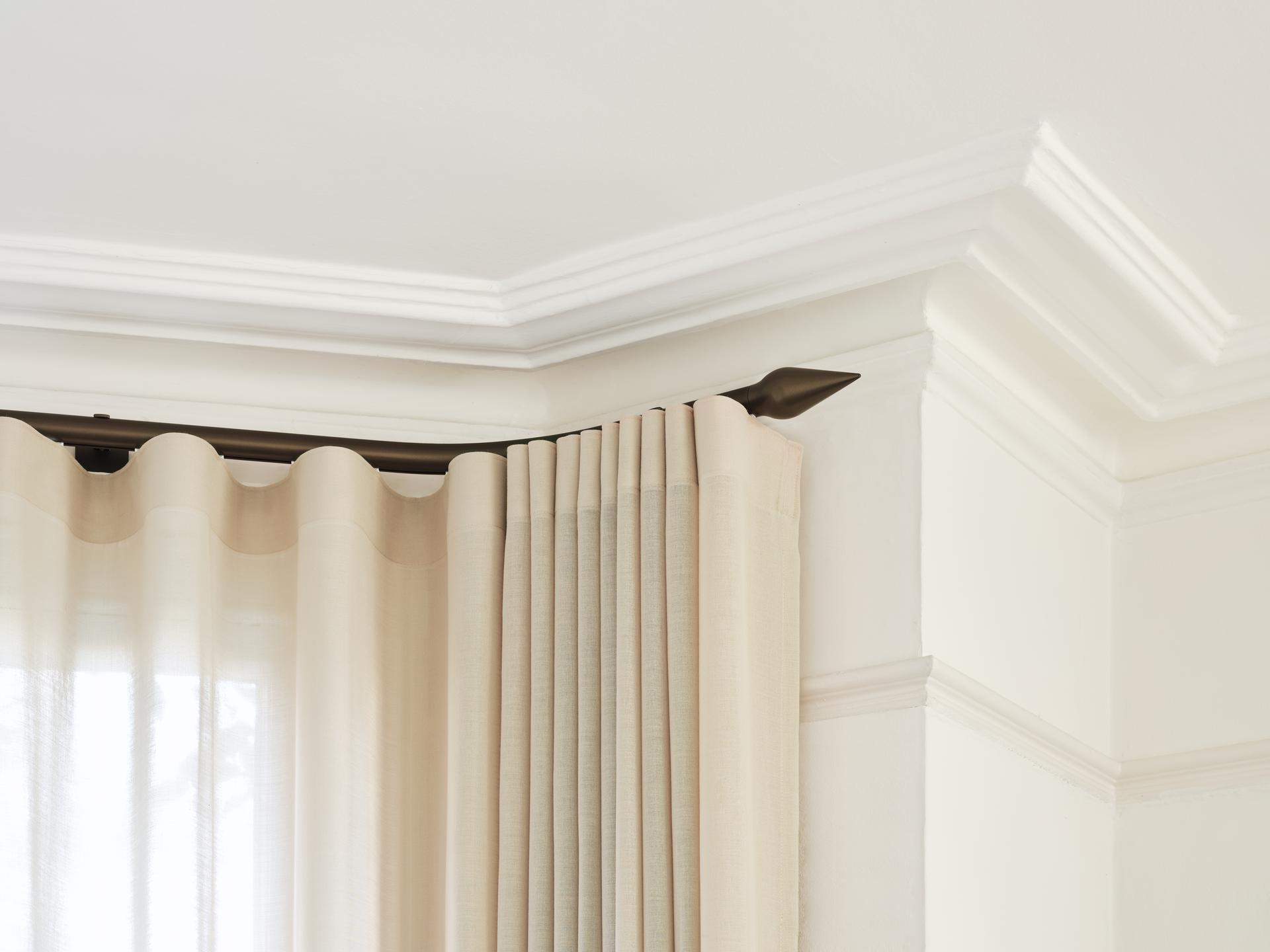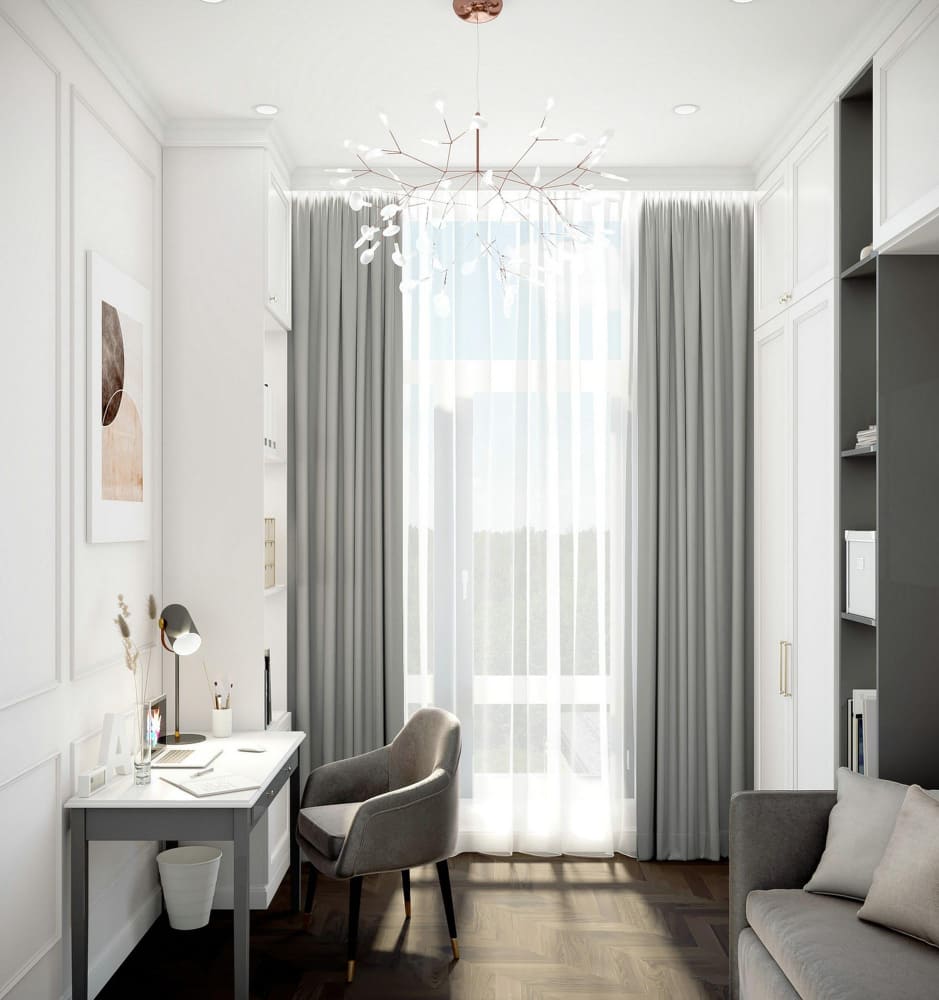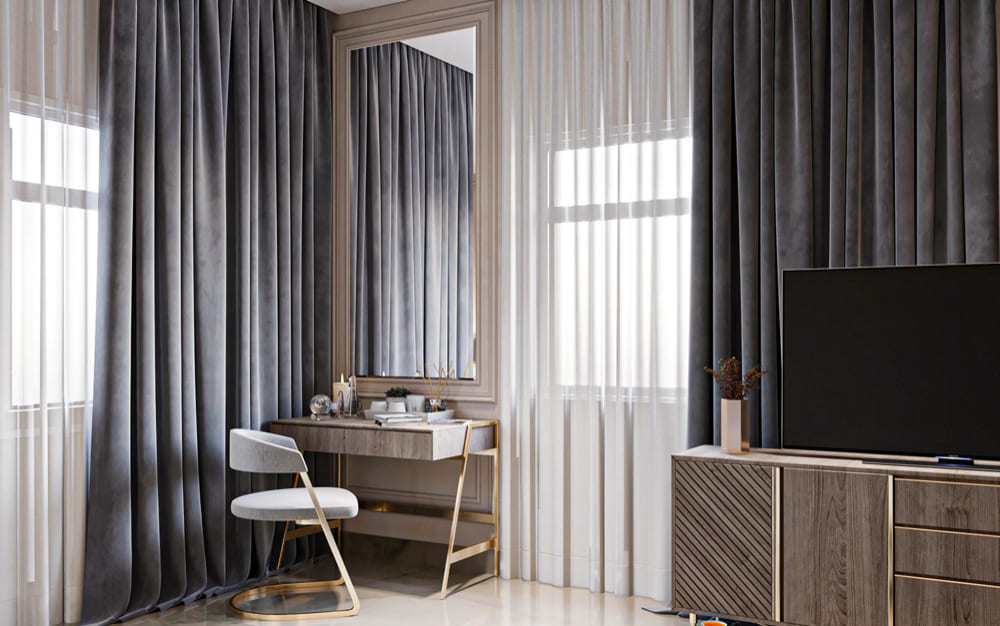Questions? Call: 0203 761 4105, e‑mail: info@otrt.co.uk
An Introduction to No-Drill Blinds
To provide your inner space with a refreshed appearance, update the blinds in your household. Yet, many people hesitate to invest in this straightforward home development due to the difficult installation procedure and fear of harming the window frame.Window blinds play a vital role in home decoration, offering secrecy and light control. However, for traditional blinds, you must drill into walls or frames, which can be stressful for renters, tool-averse individuals, or people seeking a flawless installation. This is where non-drill blinds step in – ideal for short-term installations, rentals, and other applications that don’t require drilling.In this guide, we will take a deep dive into understanding non-drill blinds, their types, and how you can install them.
What Are Non-Drill Blinds?
No drill blinds are window treatments installed using tension, clips, or adhesives. These window blinds are installed by avoiding the need for screws or drilling holes. Available in different styles, including roller, Venetian, or pleated blinds, they provide a temporary or permanent solution for controlling light and maintaining privacy without harming walls or window frames.This type of blind is ideal for:
- Rental Properties
- Temporary Living
- DIY Averse Individuals
- Certain Window Types
- Anywhere a Temporary Solution is Needed
Send Us A Message
Service form
Why You Need to Consider No-Drill Blinds?
Now that you know what no-drill blinds are, you might be speculating what makes them such a great choice. Here are a few reasons to opt for no-drill blinds:
Easy Installation
Like the name implies, no-drill blinds can be easily installed. Unlike traditional blinds that require drilling, no-drill blinds attach to window frames using adhesive or twist-fit brackets, thereby preserving the window frames and walls. This makes them a flexible option for various settings.
Perfect for Renters
These are ideal for renters who can't make permanent changes to their living space, since they can be installed and removed without leaving any damage or residue.
Versatility for Specific Surfaces
No-drill blinds can fit various surfaces where drilling is not allowed, such as in listed buildings, metal window frames, tiled surfaces, or areas with restrictions on modifications.
Light & Privacy Control
Similar to traditional blinds, these provide excellent control over light and privacy. You can adjust them to enable the appropriate amount of sunlight to enter while preserving your privacy.
Removal & Reuse
These blinds are mainly crafted for easy removal and reuse, which makes them a versatile and eco-friendly option. Whether you are relocating to another place or updating your window coverings, you can do so with no fuss.
Aesthetic Appeal
The absence of visible screws or brackets provides a clean, sleek, and contemporary appearance that can improve the attractiveness of your space.
Materials Used in Non-Drill Blinds
No-drill blinds are made from common blind materials, such as polyester, aluminium, PVC, and wood, but the “no-drill” aspect refers to the installation method, not the material itself.
Polyester: A popular fabric for roller blinds and other window coverings, often coated with blackout material for light control.
PVC: A synthetic material that resists heat and moisture, commonly used for vertical blinds.
Real Wood: A classic choice for blinds, offering a natural appearance.

Different Types of No-Drill Blinds
There are several types of no-drill blinds, each tailored to meet different requirements and preferences. Here are a few well-known options:
Adhesive Blinds
have a sticky backing, enabling you to easily fix them to your glass or frame without the need for tools.
Tension Rod Blinds
fit tightly within your window frame with the use of adjustable rods, offering a sleek and non-destructive installation solution.
Peel-and-Stick Blinds
are popular for renters or temporary needs due to their ease of use and residue-free removal.
Magnetic Blinds
utilise powerful magnets to secure themselves to your window frame, ensuring a firm hold without any drilling.
Cordless Blinds
give you a spotless and safe look since they do not use cords or chains. Plus, they can often be installed without the need for drilling.
What is the Installation Procedure of No-Drill Blinds?
Installing no-drill blinds is a simple procedure and differs based on the selection of blinds.
Adhesive System (For Venetian Blinds)Adhesive System (For Venetian Blinds)
This system uses adhesive-backed brackets and side profiles.
Clean the Surface
Use the provided alcohol wipe to clean the area where the brackets will be installed on the window pane.
Wood & Aluminium Frames
Stick-on or tension blinds can be used, as long as the surface is smooth enough for adhesives or the recess accommodates tension rods.
Secure the Brackets
Press down firmly on the brackets to make sure they are securely attached, and let the adhesive dry.
Mount the Blinds
Slot the headrail (the top part of the blind) onto the exposed brackets.
Attach the Wand
Attach the tilt wand to the mechanism to control the slats.
Tension/Grip Fit System (For Roller Blinds)
This system uses adhesive-backed brackets and side profiles.
Prepare the Blind
Slide the blind at an angle into the window recess, with the tightener end going in first.
Position the Control End
Raise the control end of the blind until it's level with the recess.
Secure the Blind
While holding the blind in place, turn the tightening wheel to secure it against the window frame.
Install Child Safety Device:
Fasten the provided P-clip or cord tidy to the wall to keep the operating chain taut and secure.
Clip-In/Easy Click System (For Roller, Venetian, etc.)
This system involves clipping the headrail and other components directly onto the window beading.
Attach Brackets
Peel the backing off the self-adhesive strips on the brackets and position them on both sides of the window pane, making sure they are at the very edge of the glass.
Attach Outer Brackets
Align the outer brackets with the inner brackets and secure them with bolts.
Position the Shade
Lift the entire shade assembly into the window frame.
Secure Brackets
Tighten the adjusting nuts to firmly grip the window frame.
It is noted that preparation is key, and you need to always refer to the manufacturer’s instructions for your particular type of no-drill blind, as steps vary by model and brand. Once you have installed no-drill blinds, test the blind’s operation to ensure it functions properly and is securely fitted.

How to Select the Ideal No-Drill Blinds?
To choose the right type of no-drill blind, you need to consider the following things:

Understand your Window Type and Systems
UPVC Windows
Perfect Fit or INTU blinds are the way to go, since they clip into the window's beading and have specific depth requirements for a seamless fit.
Wood & Aluminium Frames
Stick-on or tension blinds can be used, as long as the surface is smooth enough for adhesives or the recess accommodates tension rods.
Versatile Recesses
Grip fit blinds utilise a bracket system that applies pressure to a solid recess, offering a strong, no-drill solution.
Mount the Blinds
Slot the headrail (the top part of the blind) onto the exposed brackets.
Consider Your Needs
Functionality
Choose whether you require blackout, thermal, or light-filtering options.
Room
Bathrooms and kitchens can benefit from waterproof materials, while bedrooms are ideal for blackout or thermal blinds.
Safety
Cordless options are available, which are perfect for homes with kids or pets.
Choose a Style and Material
Perfect Fit
Offers a sleek, streamlined appearance, often with integrated frames for roller, pleated, or Venetian blinds.
Stick-on/Tension
Easy to install and a good choice for renters or those with specific window types.
Grip Fit
A stronger system that uses a bracket to apply pressure against the window frame.
Material
Select from faux wood, metal, or fabric options to align with your décor.
Measure Appropriately
Recess Fit
For most no-drill types, like Perfect Fit, measure the full width and height of the recess.
Metal Tape Measure
Always use a metal tape measure for precision.
Finalise Your Selection
Aesthetics
Select a colour and finish that complements your room.
Features
Consider features like thermal insulation, blackout fabrics, or cord-free operation.
Concluding Thoughts!
To sum up, no-drill blinds are your best bet for window coverings, offering a suitable and adaptable solution. They are practically attractive as they do not need any drilling or permanent fixtures, which makes them ideal for renters or those who frequently move. You can find them in different types and styles, so you can find ones that match your decor and functional needs. Plus, they can be easily installed to save your time and effort. Their removable design allows you to easily change your window treatments, providing flexibility and convenience.
Frequently Asked Questions
What should I do to maintain the original condition of the curtains?
Regularly vacuuming or washing your curtains can increase their longevity and help maintain their original condition.
Which types of blinds do you offer?
We offer numerous types of blinds, including:
- Sheer Blinds
- Screen Fabric Blinds
- Blackout Blinds
- Concealed Blinds
- Motorised Blinds
What kind of fabric do you use in curtain making?
We use premium quality fabric in creating elegant curtains, such as silk, cotton, linen, velvet, and polyester.
Which colours of curtains do you offer?
From neutral to vibrant colours, you can customise the colours of curtains according to your preferences. Our vast range of curtain colours includes:
- White
- Brown
- Beige
- Grey
- And more